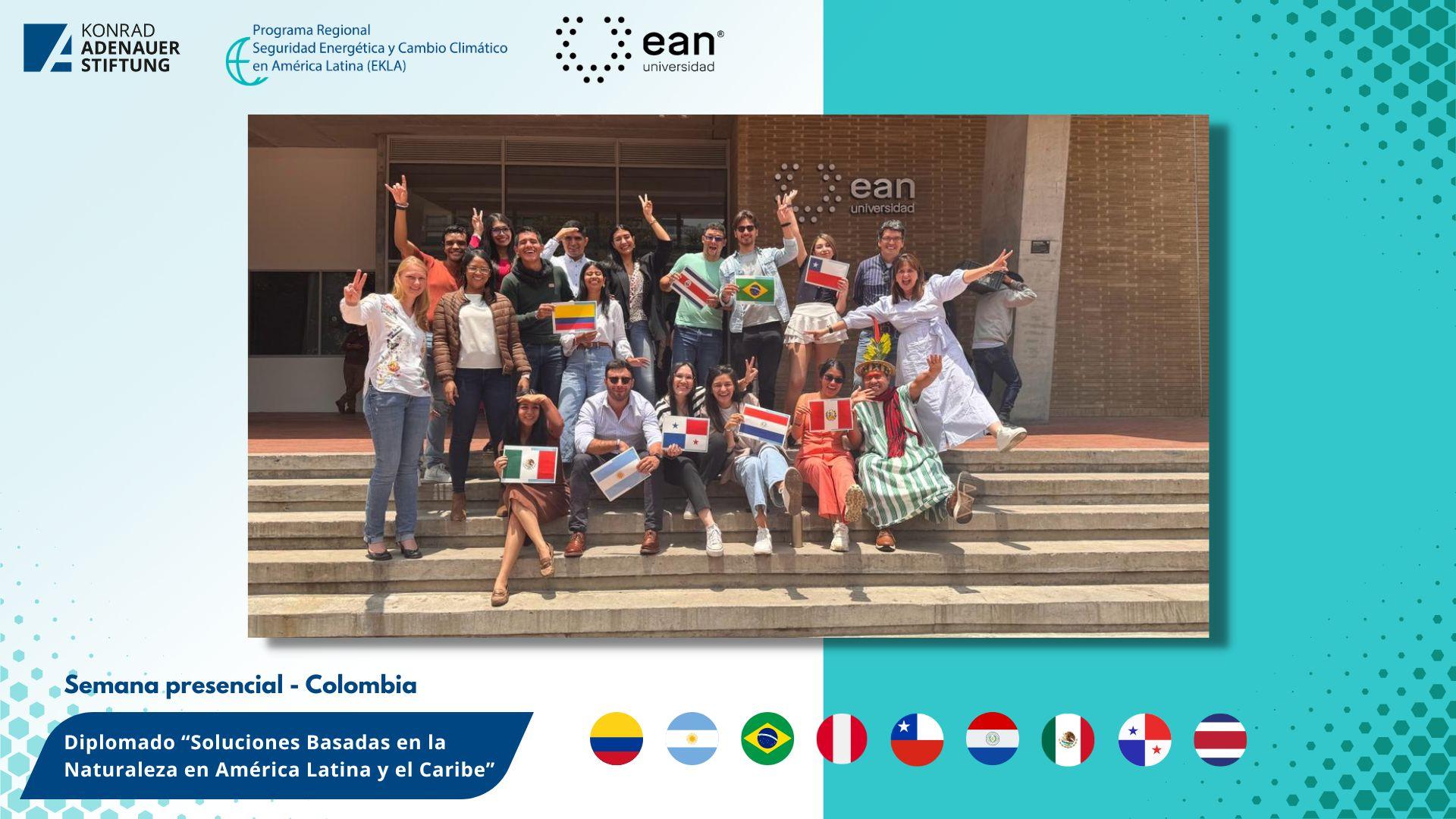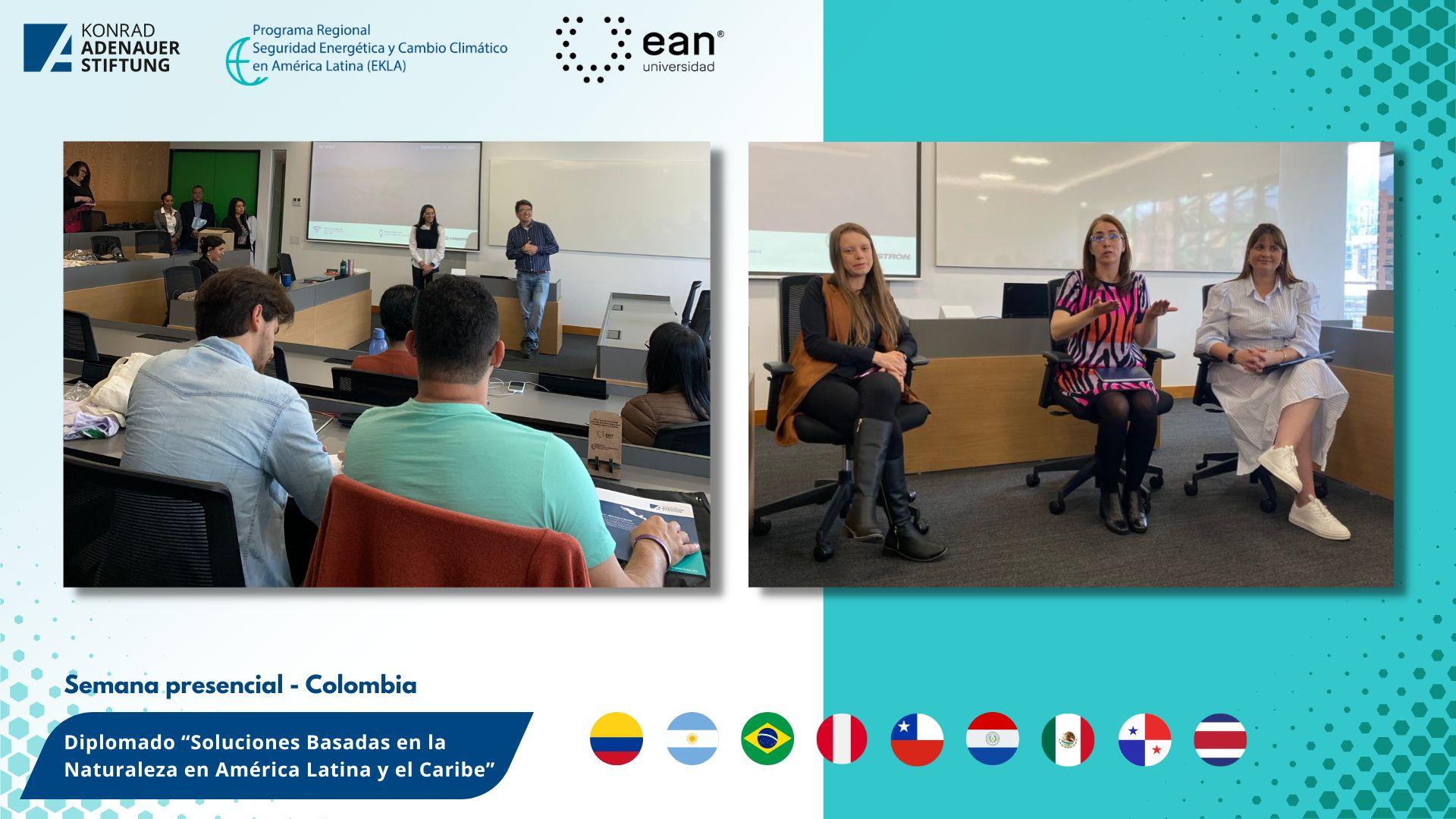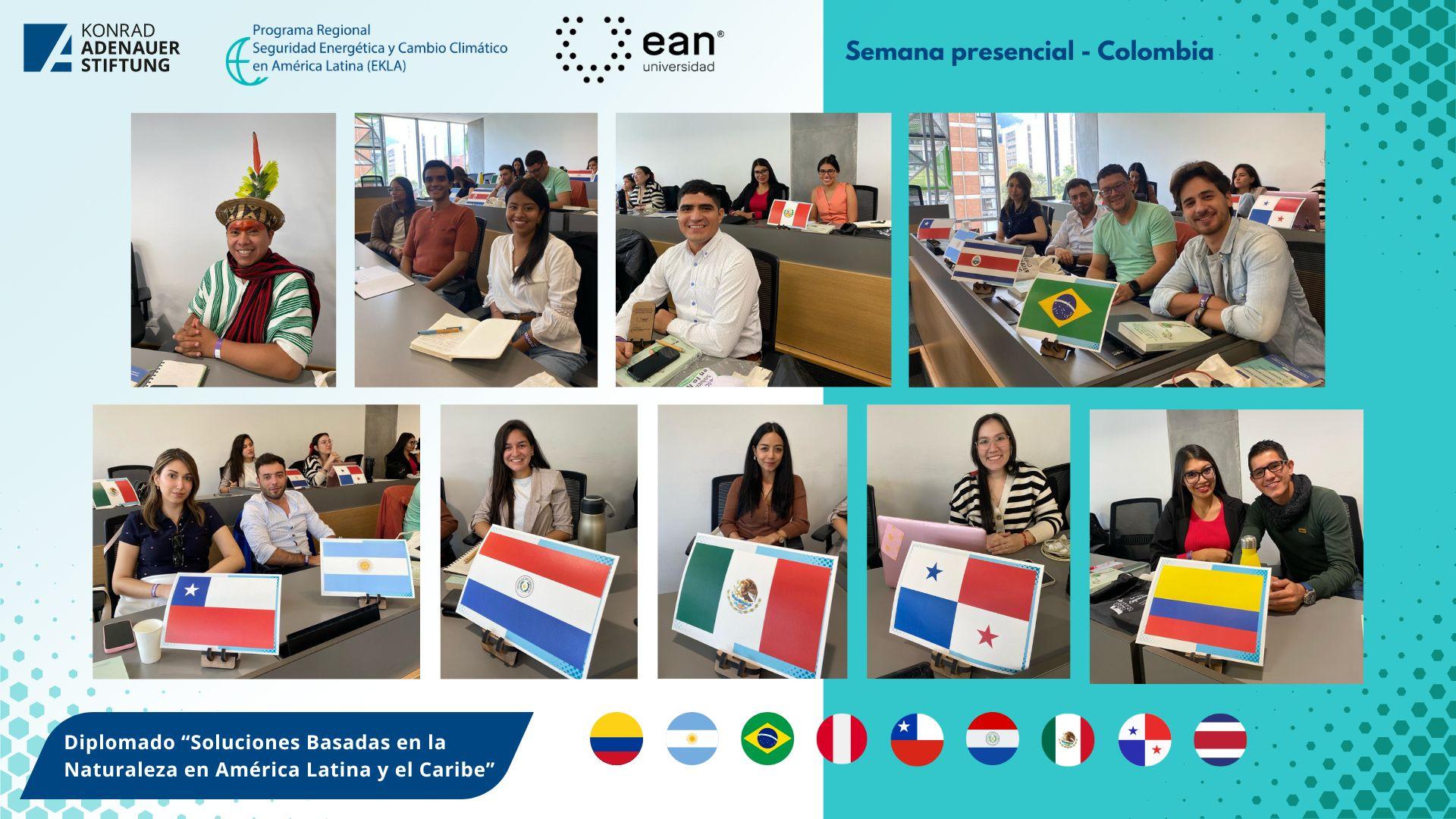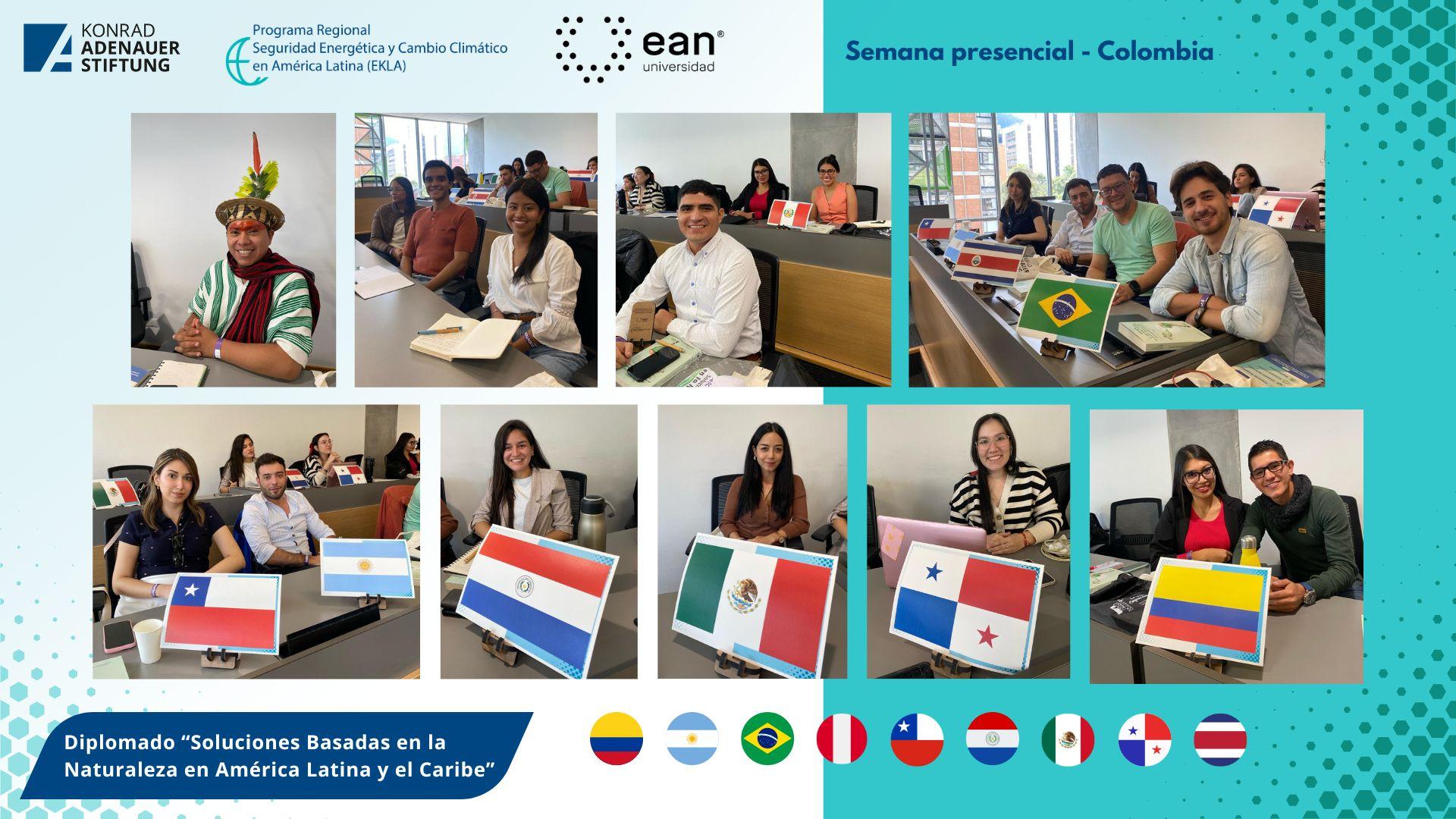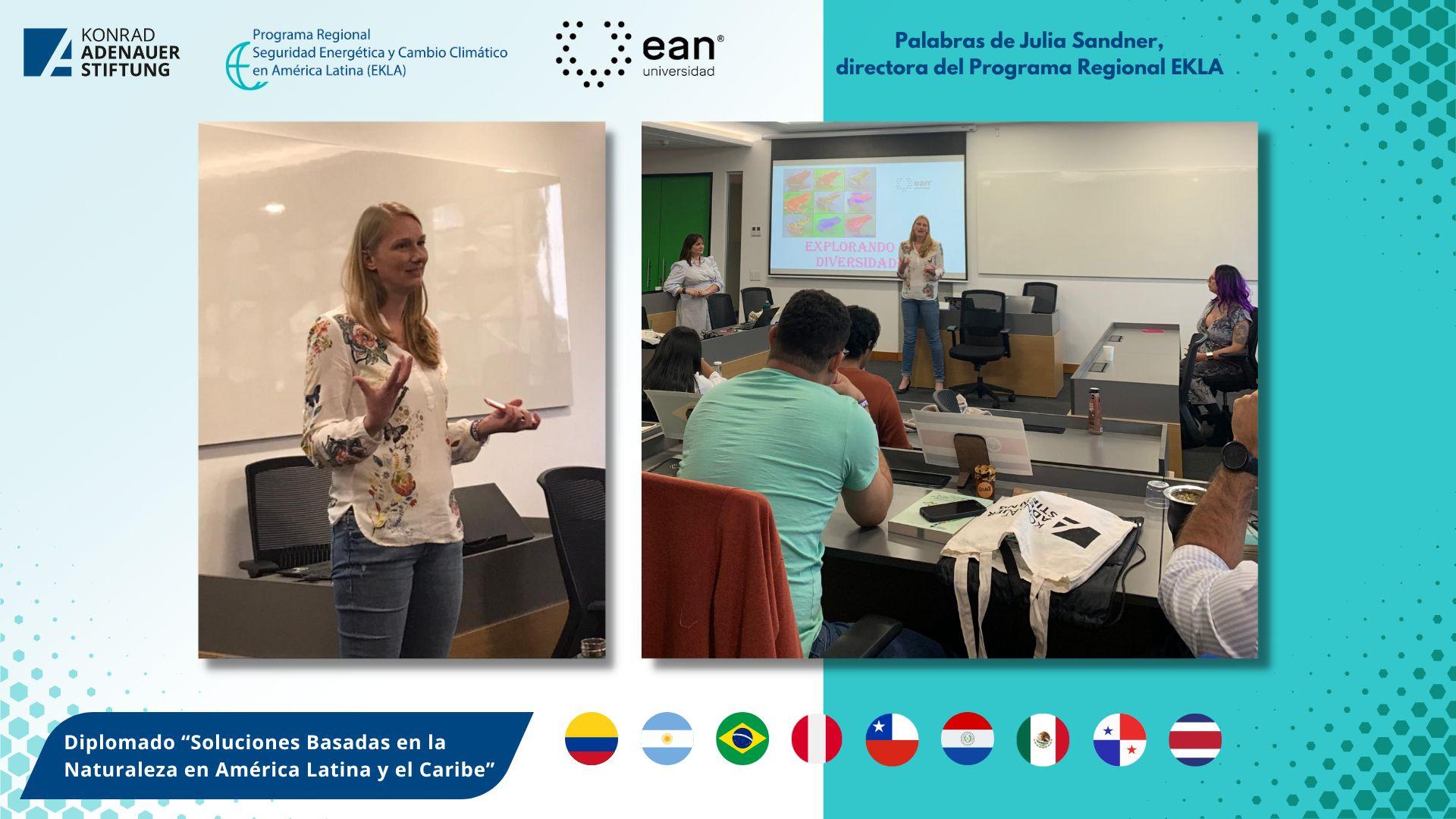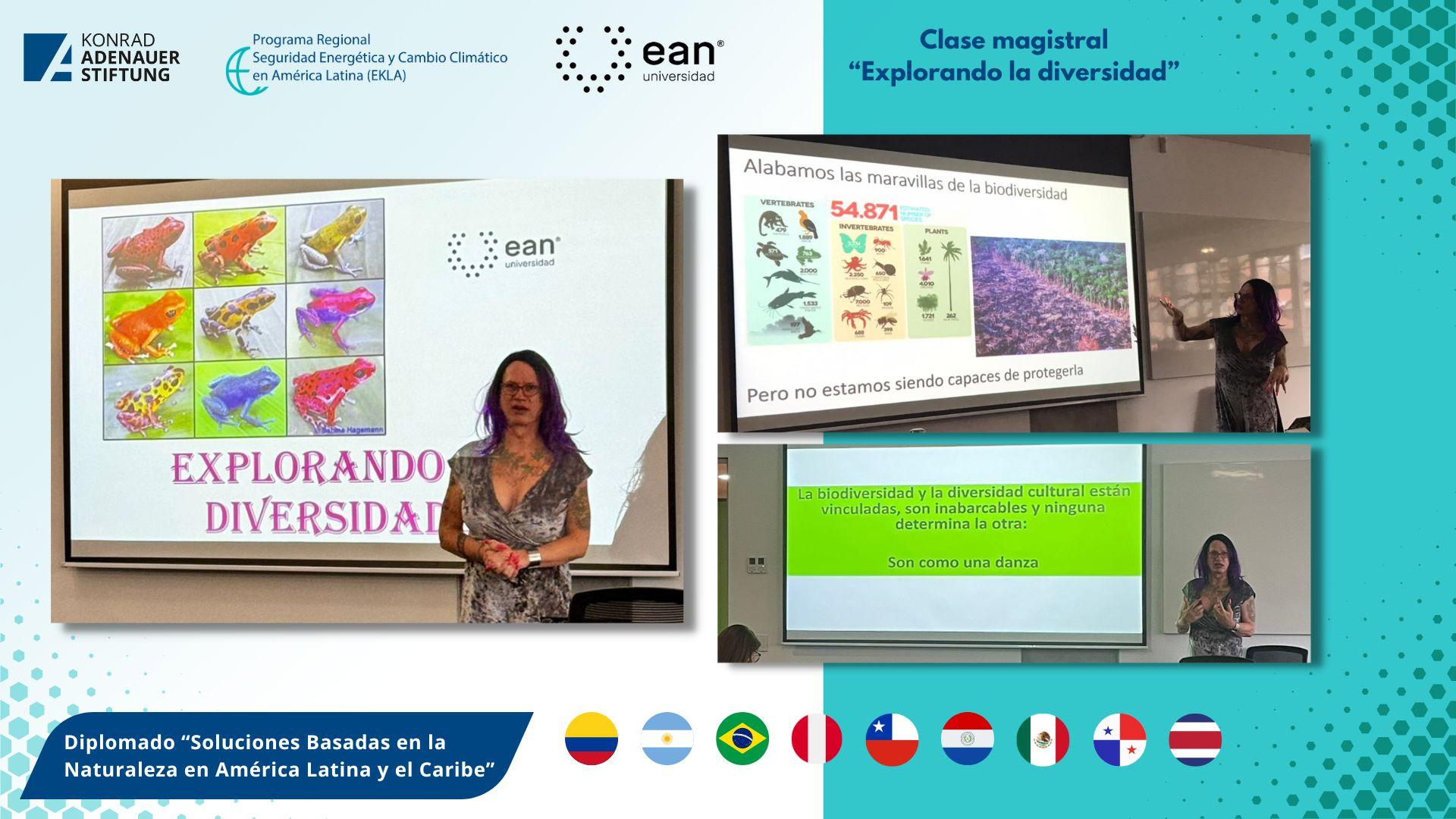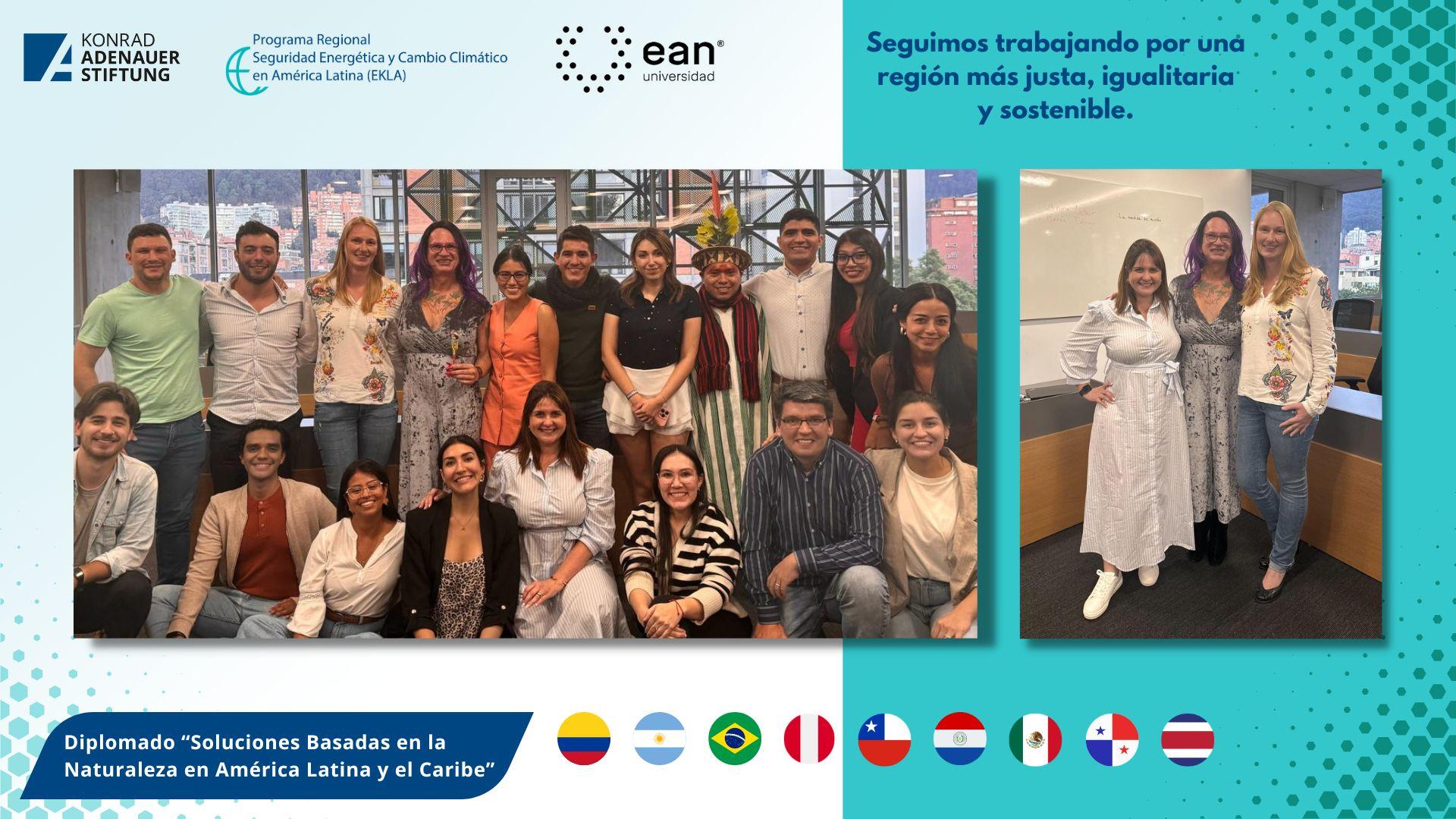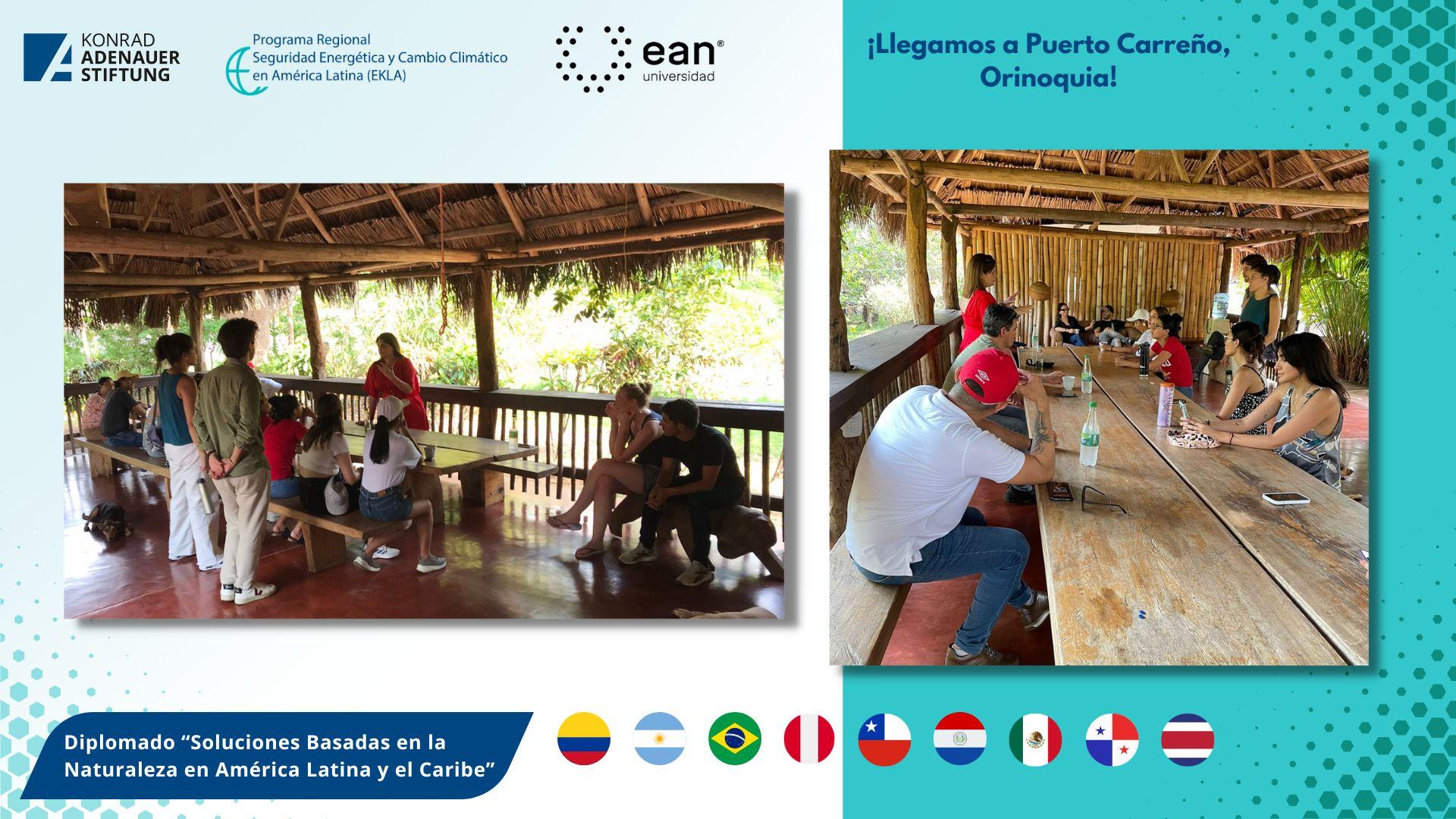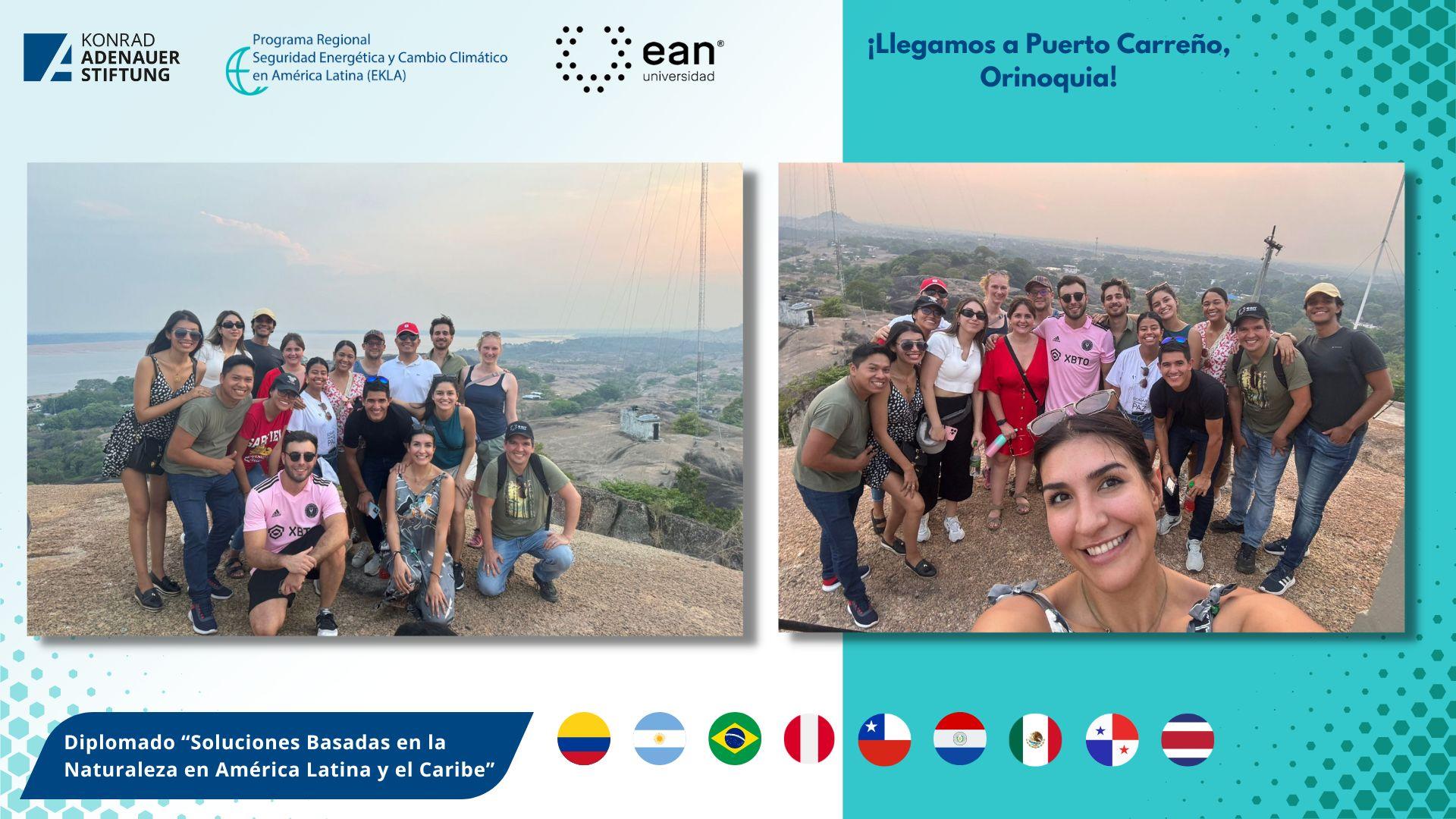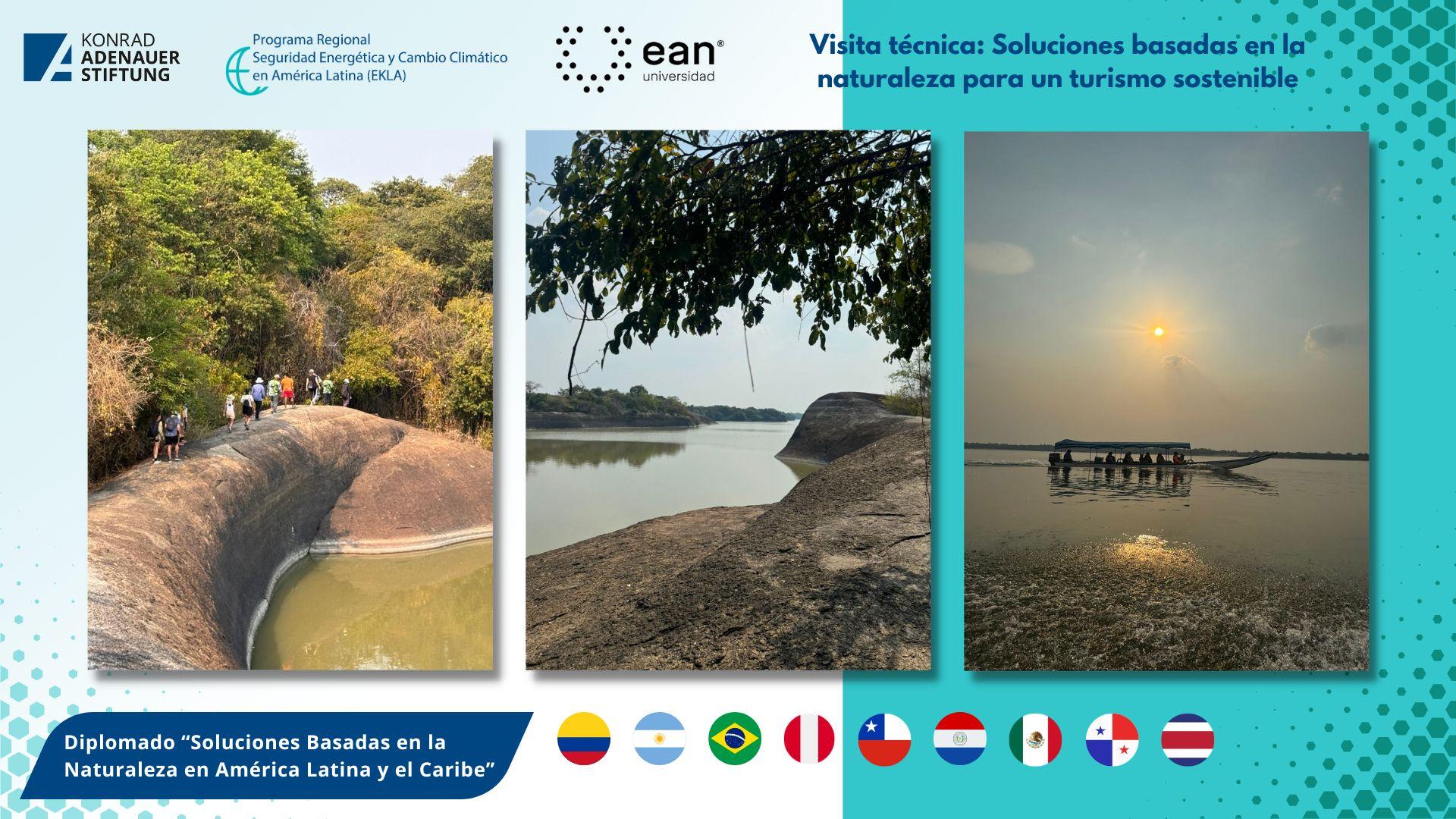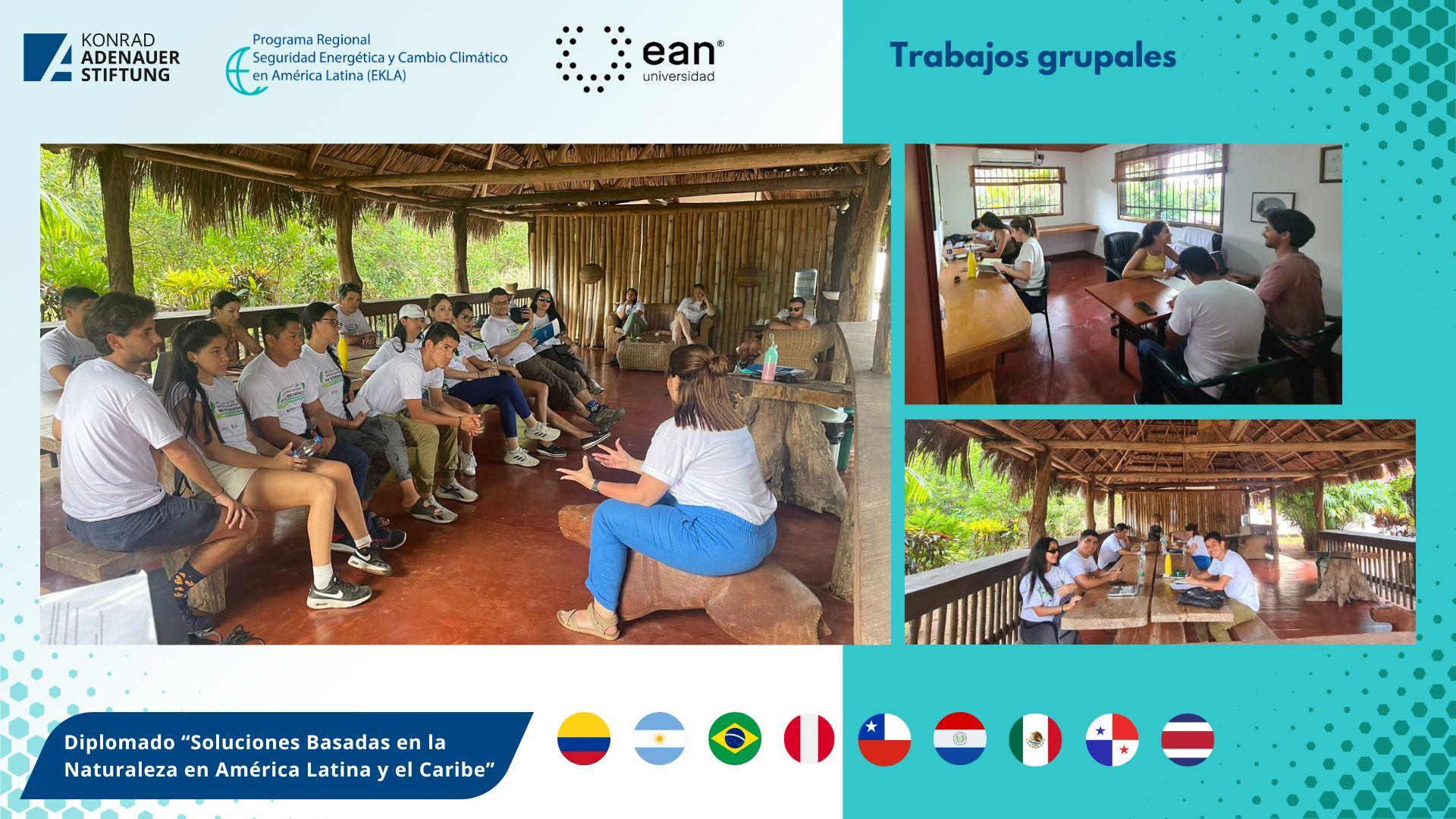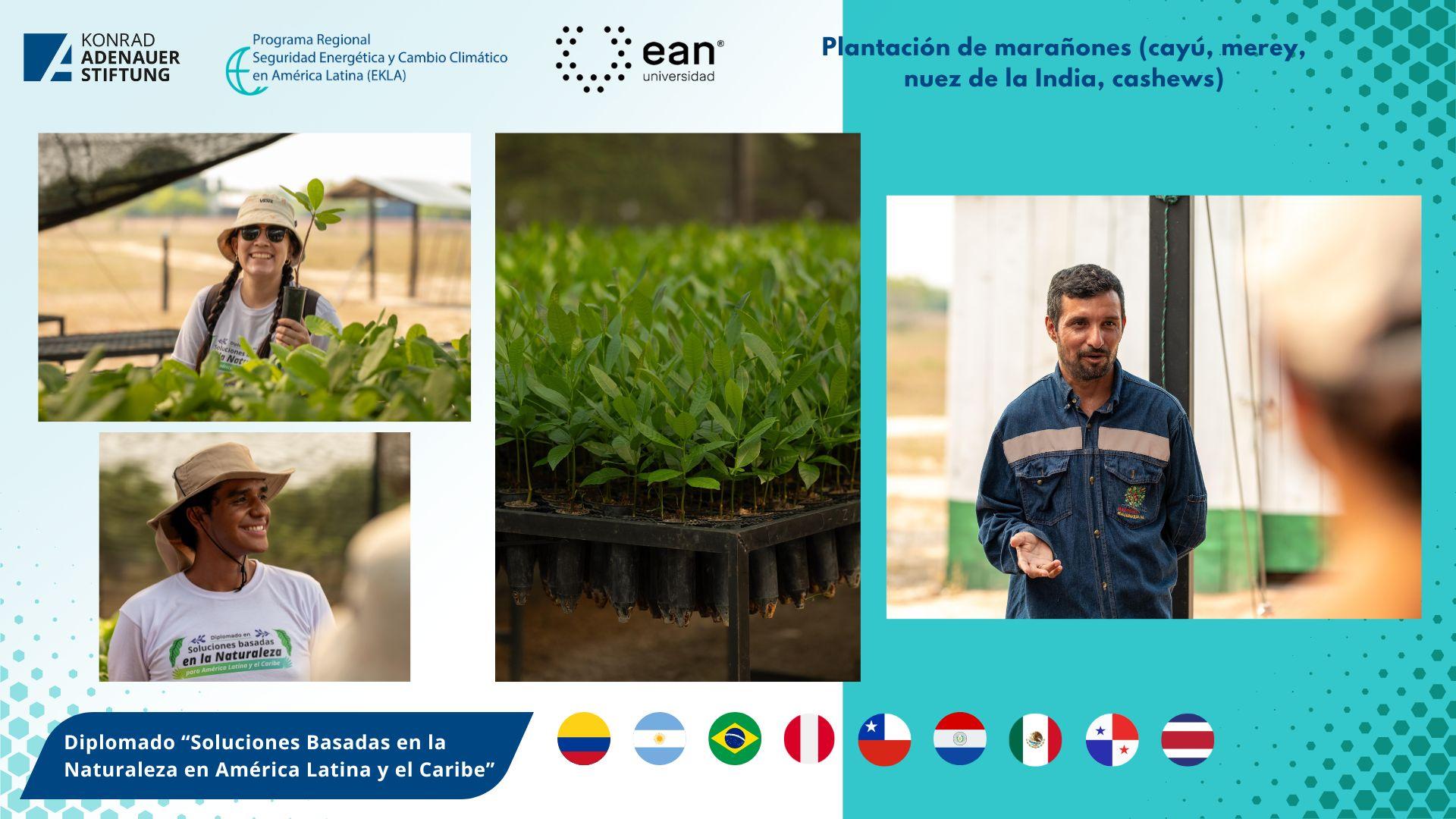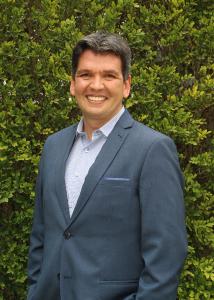The activities began at the Legacy Campus of the Ean, an architectural example of sustainability, where we had a talk on biodiversity governance by representatives of the companies Doria (agribusiness) and CENIT (energy logistics) who told us how they address the social and environmental factor in their activities with policies of efficiency in the use of resources, the search for carbon neutrality and the integration of the communities linked to the business, both suppliers and inhabitants of the areas of impact, with a work philosophy of listening, dialogue and participation.
Afterwards, we had a master lecture by the rector of the Ean, Brigitte Baptiste, who made us reflect on the diffuse and complex limits that nature has, where "natural diversity is a dance" full of uncertainty that we must accept and innovate on that to build the present and plan the future from different perspectives and perceptions. No one (as an individual) is able to know the world in its totality, but it is the sum of visions and interpretations that can bring us closer to reality.
The next day the technical field trips began. We left from El Dorado airport towards Puerto Carreño (capital of the department of Vichada), from the sky we could observe the meandering Orinoco River (third largest in the world), the main actor of the natural region of Orinoco, where the eastern plains continue to the Amazon.
We stayed at the facilities of the Ean Orinoquía and from there we went on outings to the surrounding areas in the following days:
We got to know the diffuse border (even more in dry season) between Colombia and Venezuela. A rocky landscape with rocks millions of years old (moon rocks, they say), whimsical spherical formations and the reflection that the geopolitical divisions are purely imaginary so that any approach in the environment has and must be transboundary.
We were able to tour the Orinoco River and see its exuberant flora and its marine, terrestrial and aerial fauna, we entered the Bojonawi ("water dog" in native language) natural reserve where ecotourism projects are carried out in order to harmonize economic development, social inclusion and biodiversity conservation in 4,650.00 ha (46.5 km2) of primary and secondary forests.
Finally, we learned about the Marañones de la Orinoquía project, a non-timber forest harvesting business carried out in the Refugio Nimajay ("big house" in the native language) Nature Reserve in a purely eastern plains ecosystem where the savanna landscape serves as a canvas for cashew plantations of regular size, dense foliage, twisted branches and fruit that are harvested by hand for subsequent industrialization.
During the days of the week there were spaces for dialogue, debate and reflection in order to verbalize the connections and sensations that the landscape and the society around us provided us with the academic knowledge and personal experience that we accumulated in order to, as a community, seek solutions for a better Latin America. Solutions that are based on nature.
